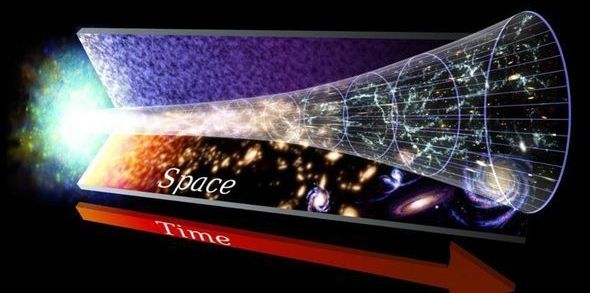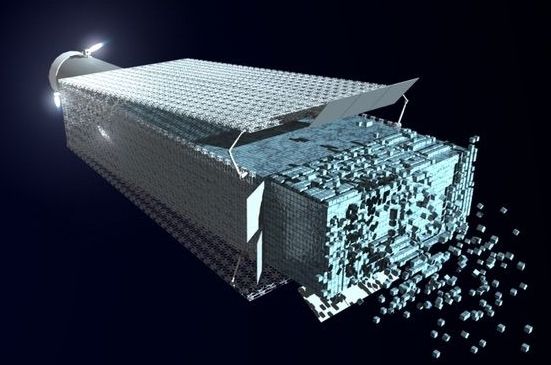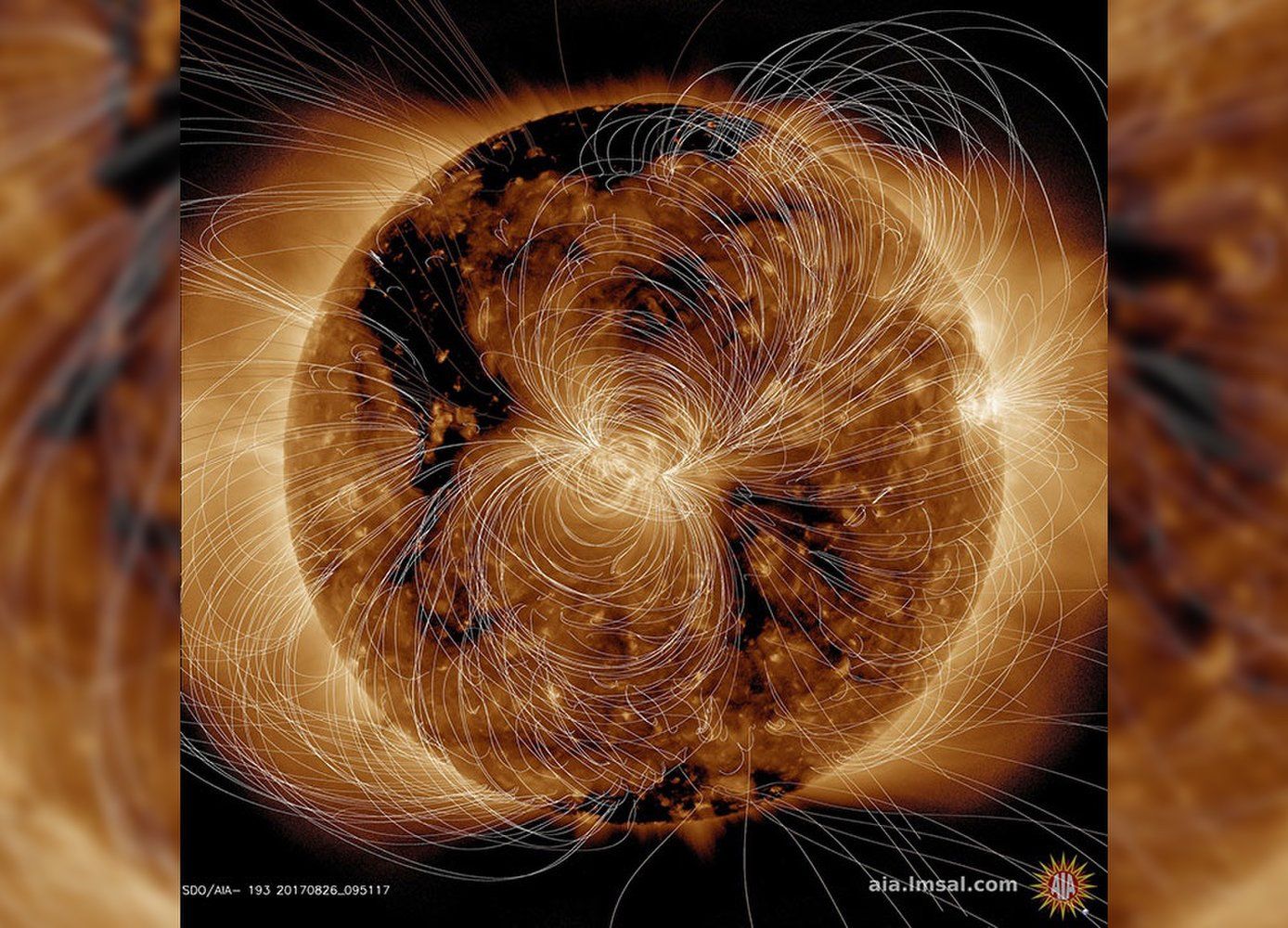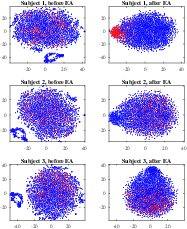A controversial new study in lab mice hints at sex-based differences in cosmic ray–induced cognitive decline.
- By John Wenz on August 24, 2018

A controversial new study in lab mice hints at sex-based differences in cosmic ray–induced cognitive decline.

In a quest to cut the cost of clean electricity, power utilities around the world are supersizing their solar farms.
Nowhere is that more apparent than in southern Egypt, where what will be the world’s largest solar farm — a vast collection of more than 5 million photovoltaic panels — is now taking shape. When it’s completed next year, the $4 billion Benban solar park near Aswan will cover an area 10 times bigger than New York’s Central Park and generate up to 1.8 gigawatts of electricity.

In late July, Bruce Jakosky and Christopher Edwards published a paper titled “Inventory of CO2 available for terraforming Mars,” which was sponsored by NASA. The paper analyzed the amount of volatiles, primarily carbon dioxide (CO2), on or in Mars currently, and concluded reasonably that there are not enough volatiles available on Mars to terraform it sufficiently for a person to not need a pressure suit. Jakosky is the principal investigator for MAVEN, the NASA Mars orbiter studying the planet’s atmosphere. He and his co-author wrote what is technically an accurate paper, in spite of what was an existing mild controversy over the amount of some volatiles in the soil and regolith of Mars.
Would you stay in a space hotel?




Hawking is being interred at Westminster Abbey on Friday, with a thousand members of the public (selected through a lottery system) present for the ceremony. The physicist’s remains will be placed between those of Isaac Newton and Charles Darwin.
His voice will be broadcast into space after the service honoring his life.
Hawking’s words “have been set to an original score by composer Vangelis, most famous for his Chariots of Fire film theme,” the BBC reports.